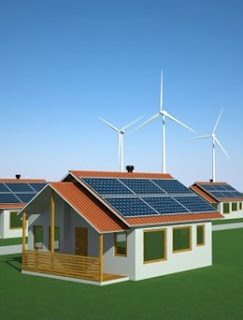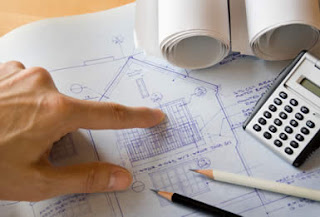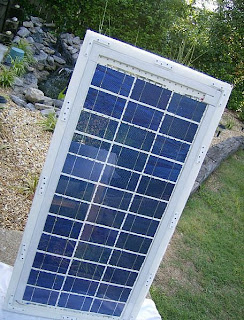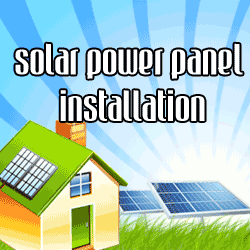
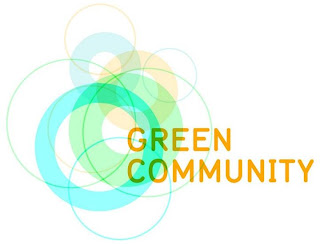
Green housing communities and residential buildings will continue to grow by large multiples over the next several years in the United States. McGraw-Hill Companies predict that the market share of green new construction be as large as 20% of all home starts and worth up to $70 billion by 2012. This sustainable housing market is selling strong despite the economic downturn since consumers recognize that the energy efficiency gains can amount to serious monthly savings. The danger is that "green" is a term used widely and is largely unregulated when developers promote their communities. Consumers are finding it more difficult to navigate the "green" housing market, oftentimes finding homes that claim to be green really aren't. This is called "greenwashing", a trend we will certainly see grow in the coming years. Fortunately, there have been several organizations which have created standards which measure all communities against the same benchmark. Leadership in Energy and Environmental Design (LEED) has emerged as the most widely accepted. LEED assigns a rating to a home or neighborhood of Certified, Silver, Gold, or Platinum. The rating is based on a set of six widely reaching principals designed to assess the environmental friendliness of the community. www.GreenHousingDevelopments.com has created a national website which displays information about many of the nation's leading green developments in a non biased and easy to understand way. Interested consumers can confidently research different green communities and compare the ones which they like best for their green features. Features which are displayed for each community include Price, home type, heating and cooling systems, windows and plumbing used, access to transportation and much more. Through the website, interested consumers can request a brochure, floor plans, or MLS listings from green agents in each geographical area.
About the Author:
This article is written by Luke Blahnik for Green Housing Developments. Get information about USA green homes for sale from Green Housing Developments.
